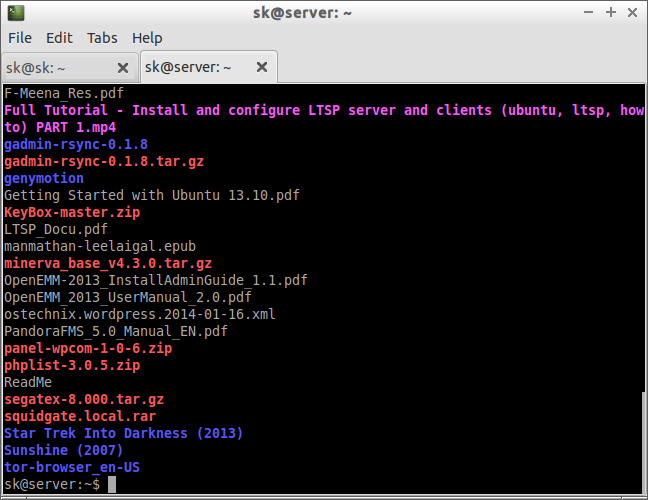


Instead of running the above commands twice, you can also specify multiple files all in a single line. This is important, because otherwise, it would copy only the contents of the folder to the remote home directory, and not the folder itself, which is described in more detail in the rsync man page. Notice, “Music” and “Documents” are specified without a trailing “/”, e.g. To push my recent changes from my local system (host1) to my remote system called (host2), I use the following commands. ls -ld ~/Music ~/Documentsĭrwxr-xr-x 16 gmendoza gmendoza 4096 23:23 /home/gmendoza/Documentsĭrwxr-xr-x 9 gmendoza gmendoza 4096 23:23 /home/gmendoza/Music All of these systems have these folders in the root of my home directory. I use rsync the most for synchronizing my “ Music” and “ Documents” folders between a number of my systems at home and at work. All that is required is for the remote host you are connecting to be running the OpenSSH server component and of course the rsync application. The beauty of running rsync over SSH is that it does not require the rsyncd server to be running before a synchronization request and the connection is both authenticated and encrypted. To quickly synchronize files between two systems, rsync is an excellent tool that not only decreases the amount of time it takes to transfer files through a data deduplication algorithm, but can also be used transparently over SSH. Posted by admin on Apunder Tech Tips | Be the First to Comment


 0 kommentar(er)
0 kommentar(er)
